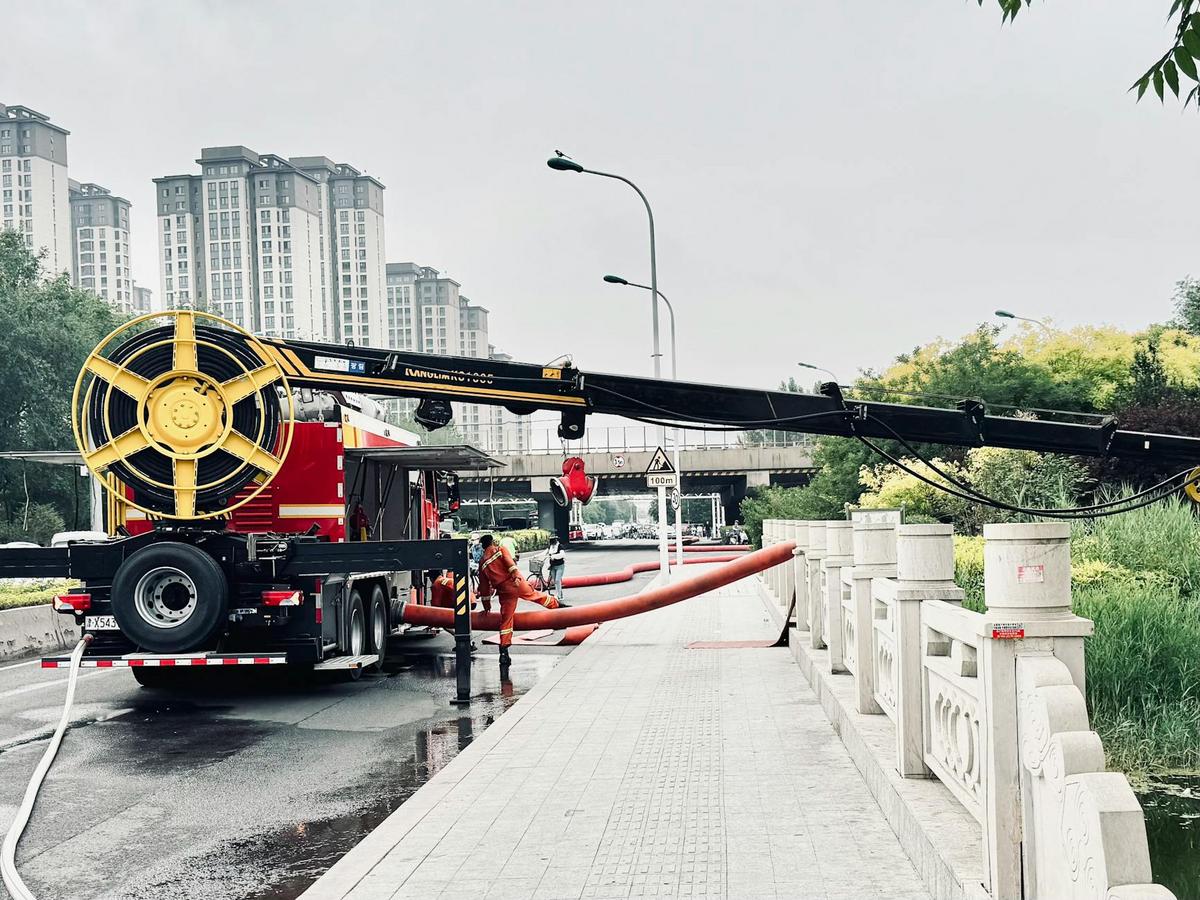
Climate-Resilient Infrastructure: Strategies for the Future
As the effects of climate change become more pronounced, the need for climate-resilient infrastructure is gaining unprecedented importance. With extreme weather events on the rise, communities worldwide are seeking innovative strategies to adapt and thrive in a changing environment.
Understanding Climate-Resilient Infrastructure
Climate-resilient infrastructure refers to the planning, design, and construction of facilities and systems that can withstand the impacts of climate change. This includes roads, bridges, water systems, and energy grids that are designed to remain functional, even during extreme weather conditions.
Expert Insights
Dr. Alex Johnson, a renowned climate scientist, emphasizes, “Investing in climate-resilient infrastructure is not just an environmental necessity but a socio-economic imperative. It ensures safety, reduces future costs, and supports sustainable development.” According to a report by the Global Commission on Adaptation, every $1 invested in resilient infrastructure can yield up to $4 in benefits.
Statistics and Research Findings
A study conducted by the World Bank highlights that climate-resilient infrastructure could reduce infrastructure failure costs by 50% in low and middle-income countries. The research also indicates that investing in climate-resilient infrastructure could save up to $250 billion annually.
Real-World Examples
Consider the case of the Netherlands, a country that has long battled rising sea levels. By implementing advanced flood management systems, such as storm surge barriers and dikes, the Netherlands has set a benchmark for climate-resilient infrastructure.
Strategies for Implementation
- Integrate climate projections into planning and design processes.
- Utilize sustainable materials that are durable and environmentally friendly.
- Enhance natural infrastructure like wetlands and forests to buffer against extreme weather.
- Invest in technology to monitor and manage infrastructure performance.
Pro Tip: Engage local communities in the planning process to ensure that infrastructure projects meet their unique needs and priorities.
Comparing Traditional vs. Climate-Resilient Infrastructure
| Aspect | Traditional Infrastructure | Climate-Resilient Infrastructure |
|---|---|---|
| Design Approach | Standard Codes | Adaptive to Climate Projections |
| Material Use | Conventional Materials | Sustainable and Durable Materials |
| Cost | Lower Initial Costs | Higher Initial but Lower Long-term Costs |
| Risk Management | Reactive | Proactive |
| Environmental Impact | Higher | Lower |
| Community Involvement | Minimal | Extensive |
| Technology Integration | Basic | Advanced |
| Long-term Benefits | Limited | Significant |
Conclusion
Building climate-resilient infrastructure is a strategic investment in our future. By adopting innovative strategies and integrating advanced technologies, we can create systems that protect communities and enhance quality of life. As we look toward the future, it’s crucial to prioritize sustainability and resilience in every aspect of infrastructure development.
Frequently Asked Questions
What is climate-resilient infrastructure?
Climate-resilient infrastructure is designed to withstand the impacts of climate change, ensuring functionality during extreme weather events.
Why is investing in climate-resilient infrastructure important?
It reduces future costs, enhances safety, and supports sustainable development, offering significant economic and social benefits.
How can communities contribute to climate-resilient infrastructure?
Communities can participate in planning, advocate for sustainable practices, and support policies that prioritize resilience in infrastructure projects.


